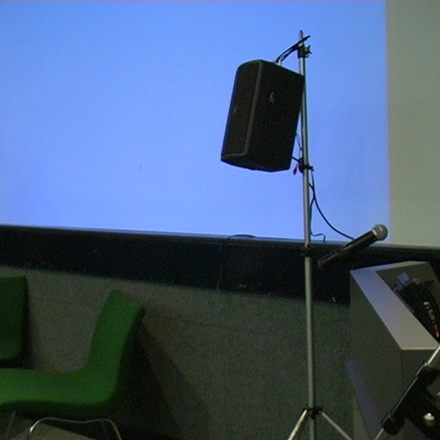|
|||||||||||||||||||||||||||||||||||||
 |
Miguel Santos, sound installation, "inventing methodologies2" (2007), Goldsmiths. |
“Meaning - the dictatorship of its use” The investigation I have been developing addresses the artwork,
as conceived by the artist, as an experience materialized in the
interface that actively engages the observer and reflects their
role in its realisation. In this context the artist acknowledges
the enactive and open role of the observer in the interpretation
of the work. The observer acts to perceive and interpret the interface
and thus contributes to the construction of the artwork. A similar
perspective can be proposed regarding the research practice. The
practice of research, being practice-based or theoretical-based,
is grounded in the activity of doing it combined with its perception
and interpretation.
|
